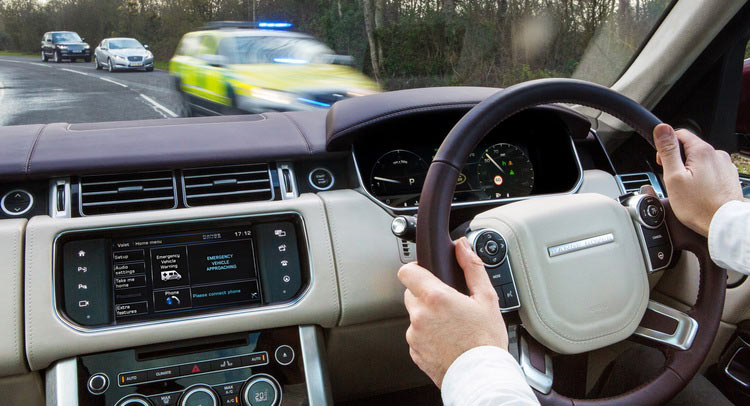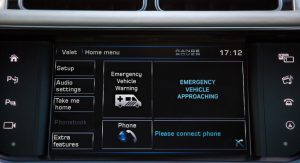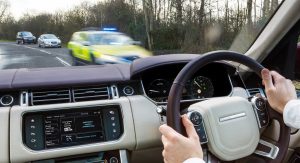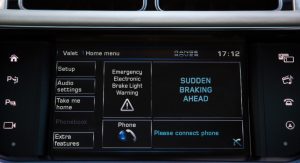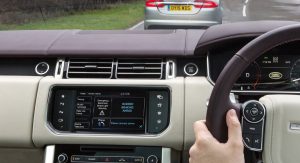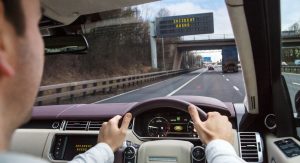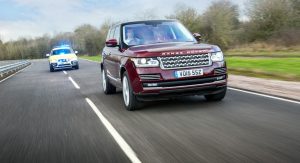JLR is investing in a 41 mile “connected corridor” project involving UK roads, which will allow them to develop new Connected & Autonomous Vehicle technologies (CAV).
The CAV test corridor includes 41 miles of roads around Coventry and Solihull and is set to facilitate car-to-car communication, as well as ‘Over the Horizon’ warnings which will make driving safer, more efficient and prevent traffic jams.
Costing no fewer than £5.5m, this project represents a UK-first in terms of testing both vehicle-to-vehicle systems as well as vehicle-to-infrastructure tech on public roads. New roadside communications equipment will also be installed during the three year project, enabling the testing of up to 100 connected and autonomous cars, including five JLR research vehicles.
According to Dr Wolfgang Epple, research & technology director at JLR, “this real-life laboratory will allow Jaguar Land Rover’s research team and project partners to test new connected and autonomous vehicle technologies on five different types of roads and junctions. Similar research corridors already exist in other parts of Europe so this test route is exactly the sort of innovation infrastructure the UK needs to compete globally.”
“The connected and autonomous vehicle features we will be testing will improve road safety, enhance the driving experience, reduce the potential for traffic jams and improve traffic flow. These technologies will also help us meet the increasing customer demand for connected services whilst on the move.”
In order to improve traffic flow, for example, connected cars need to co-operate with each other in order to make lane changing and exiting from junctions not just more efficient, but also safer. Systems such as Cooperative Adaptive Cruise Control (CACC) would enable cars to autonomously follow each other in close formation (or platooning), which in turn makes the roads safer and ensures that the road space is used more efficiently.
As for the ‘Over the Horizon’ warnings, drivers would basically be receiving those warning messages that are usually flashed onto an overhead gantry, directly to their dashboard – from where they can be repeated if necessary.
This is where JLR’s Emergency Vehicle Warning system would come in and identify that a connected ambulance, fire engine or police car is approaching, allowing the driver to be aware of these things long before flashing lights and sirens become audible or visible.
As Dr Epple puts it, “the approach of an emergency vehicle can often be stressful for drivers. If we can inform the driver, or the autonomous car, much earlier that an emergency vehicle is approaching, we can ensure that the best decisions are made to move the vehicle out of the way safely and conveniently, to let the emergency vehicle pass by.”



